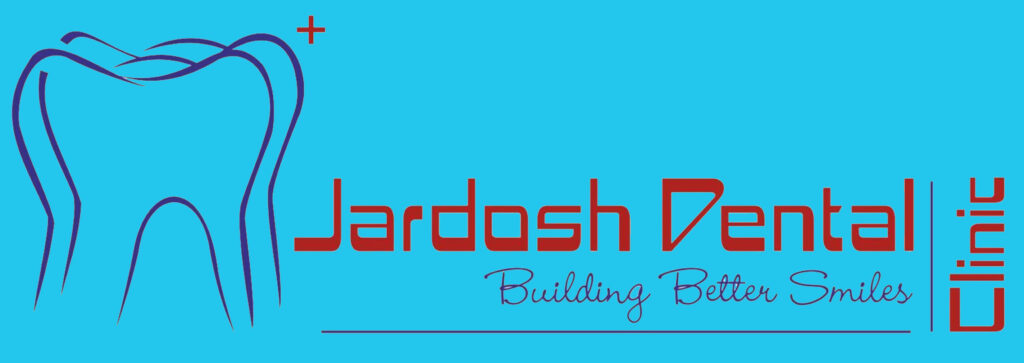Dental X-Ray
Understanding Dental X-Rays
Dental X-rays, also known as radiographs, are essential diagnostic tools used by dentists to assess oral health. They provide valuable information that is not visible during a regular dental exam, helping dentists detect and diagnose dental problems early. Here’s what you need to know about dental X-rays:
Types of Dental X-Rays:
Intraoral X-Rays:
- These are the most common type of dental X-rays. They provide detailed images of the teeth, surrounding bone, and supporting tissues.
- Types of intraoral X-rays include:
- Bitewing X-rays: These show the upper and lower teeth in a single view, helping detect cavities between teeth and assess bone density.
- Periapical X-rays: These focus on one or two specific teeth and show the entire tooth from crown to root, aiding in diagnosing tooth infections or bone loss.
- Occlusal X-rays: These capture images of the roof or floor of the mouth, useful in identifying extra teeth, cysts, or other abnormalities.
Extraoral X-Rays:
- These X-rays are taken outside the mouth and provide a broader view of the oral and facial structures.
- Types of extraoral X-rays include:
- Panoramic X-rays: These capture a panoramic view of the entire mouth, including the teeth, jaws, and surrounding structures. They are useful for assessing wisdom teeth, jaw disorders, and detecting tumors.
- Cone Beam Computed Tomography (CBCT): This advanced imaging technique produces detailed 3D images of the teeth, jawbone, nerve pathways, and soft tissues. It is commonly used for dental implant planning, orthodontic evaluation, and diagnosing complex dental issues.
Benefits of Dental X-Rays:
- Early Detection of Dental Problems: X-rays can reveal tooth decay, cavities, gum disease, and other dental issues before they become symptomatic, allowing for prompt treatment.
- Assessment of Oral Structures: X-rays help dentists assess the health of tooth roots, bone density, jaw alignment, and the presence of impacted teeth.
- Treatment Planning: Accurate X-ray images aid in developing personalized treatment plans for procedures such as fillings, root canals, extractions, and orthodontic treatment.
- Monitoring Oral Health: Regular X-rays enable dentists to monitor changes in oral health over time and track the progression of dental conditions.
Safety Considerations:
- Minimal Radiation Exposure: Modern dental X-ray equipment emits low levels of radiation, making the procedure safe for patients.
- Protective Measures: Dentists use lead aprons and thyroid collars to minimize radiation exposure to other parts of the body during X-ray imaging.
- Pregnancy Precautions: Dentists avoid taking X-rays during pregnancy unless necessary for urgent dental treatment, using additional shielding to protect the fetus if X-rays are essential.
Conclusion:
Dental X-rays play a crucial role in maintaining optimal oral health by aiding in early diagnosis, treatment planning, and monitoring of dental conditions. If you have any concerns about dental X-rays or would like to learn more about their benefits and safety, don’t hesitate to discuss them with your dentist during your next visit.




